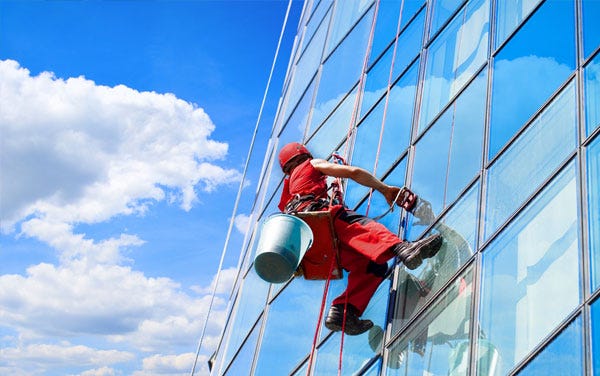The Art and Importance of Facade Washing: Preserving Beauty and Functionality
Introduction:
The exterior of a building is its first impression, a reflection of its aesthetic appeal and structural integrity. Over time, pollution, weathering, and other environmental factors can diminish the beauty of a facade and compromise its functionality. Facade washing, also known as building or exterior cleaning, is a crucial maintenance fassaadipesu practice that not only restores the visual appeal of structures but also extends their lifespan. In this article, we delve into the art and importance of facade washing, exploring its benefits and various methods.
The Importance of Facade Washing:
- Preservation of Aesthetic Appeal: Facades accumulate dirt, grime, mold, and pollutants over time, resulting in a dull and unattractive appearance. Regular facade washing helps restore the original beauty of buildings, enhancing curb appeal and maintaining a positive impression on residents, visitors, and passersby.
- Structural Integrity and Durability: The accumulation of contaminants on building exteriors can contribute to the deterioration of materials over time. Facade washing removes corrosive elements, preventing structural damage and preserving the integrity of the building. This is particularly important for structures located in coastal areas where saltwater exposure can accelerate corrosion.
- Enhanced Energy Efficiency: Clean facades contribute to improved energy efficiency. When dirt and pollutants cover windows and exterior surfaces, they reduce natural light penetration, making interiors darker and increasing the need for artificial lighting. Clean facades allow more sunlight into buildings, reducing the reliance on artificial lighting and lowering energy consumption.
- Health and Safety: Mold, mildew, and algae growth on building exteriors not only compromise the aesthetics but can also pose health risks to occupants. Facade washing helps eliminate these potential health hazards, creating a safer and healthier living or working environment.
Methods of Facade Washing:
- Pressure Washing: One of the most common methods, pressure washing utilizes high-pressure water to remove dirt, grime, and contaminants from the facade. It is effective for various surfaces, including brick, concrete, and metal.
- Chemical Cleaning: Chemical cleaning involves the use of specialized cleaning solutions to break down and remove stains, algae, and other contaminants. This method is suitable for delicate surfaces that may be damaged by high-pressure washing.
- Steam Cleaning: Steam cleaning utilizes hot water vapor to dissolve and remove dirt and grime. It is an environmentally friendly option that requires less water than traditional pressure washing.
- Soft Washing: Soft washing is a gentle cleaning method that combines low-pressure water with biodegradable detergents. It is suitable for more delicate surfaces, such as stucco or painted exteriors.
Conclusion:
Facade washing is not just a cosmetic procedure; it is an essential aspect of building maintenance that preserves the beauty and functionality of structures. Regular cleaning not only enhances the visual appeal of a building but also contributes to its longevity, energy efficiency, and the well-being of its occupants. Investing in facade washing is a proactive step toward maintaining and protecting the assets that shape our urban landscapes.
